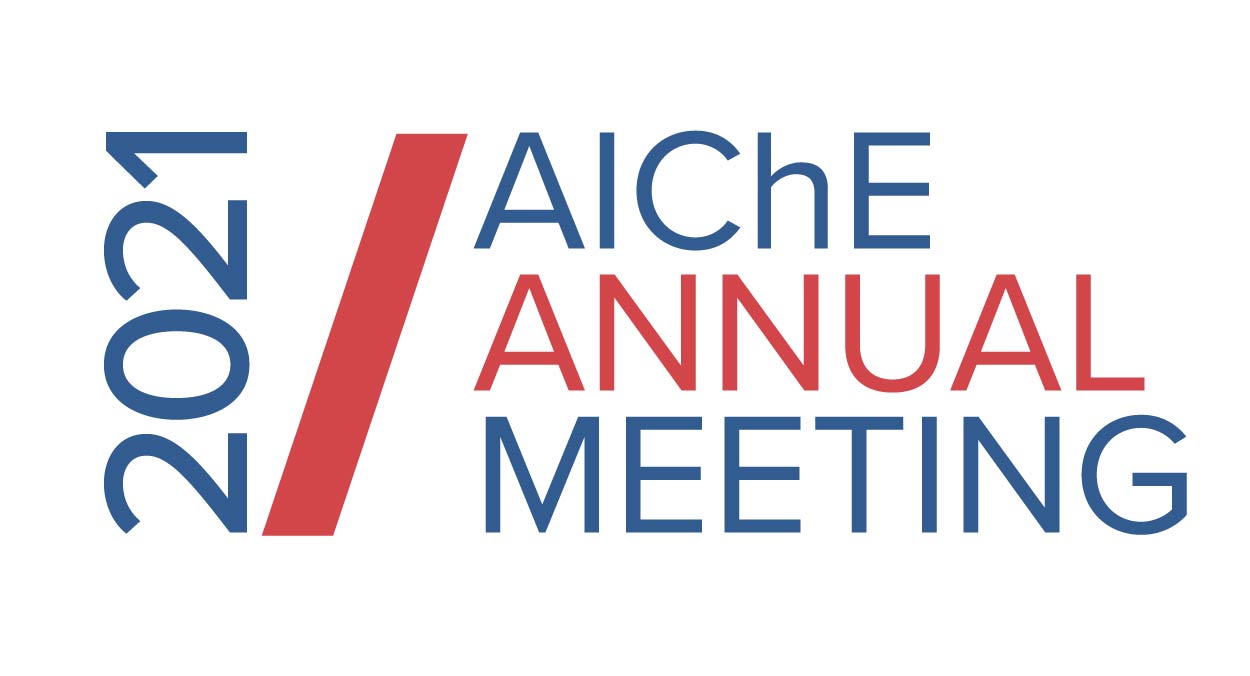

In the first part, a brief discussion of the standard HiTL MPC is given as was shown in [3]. For detailed derivations readers are referred to [4]. The MPC optimization objective is to minimize the set-point change input to regulatory PID controllers by penalizing the deviation from upper-layer output setpoints and human suggested inputs. Depending on the input/output pairs chosen for manual and MPC, the state-space matrices are modified. For shared control of input/output pairs, a tuning parameter is also included to weigh the human inputs.
When the control of a plant is shared between multiple MPC it gives rise to distributed MPC formulations and the plant is also divided into subsystems. Distributed MPC comes in various architectures and detailed discussions of the theoretical and application aspects can be found in ([5] and [6]). The second part of the work discusses the distributed HiTL MPC formulations where the study is restricted to only two subsystems (e.g., only two CSTRs being controlled by two HiTL MPCs). The types of distributed MPC architectures considered are as follows. The first example discusses the decentralized HiTL MPC without mutual communications, the second example discusses a non-cooperative sequential distributed HiTL MPC (communication occurs only in one direction) and the third example discusses non-cooperative parallel distributed HiTL MPC (communication occurs in both directions). Figure 1 summarizes these formulations. The architectures pertaining to cooperative distributed MPC is out of scope for this work and is not shown here.
The examples used are two Single-Input Single-Output (SISO) CSTRs in series where the operator shares the control decision with the MPC.
Concluding remarks on advanced architectures, aspects of operator inputs and future directions are provided.
References
[1] Ghosh, S. and Bequette, B.W., 2019. Process Systems Engineering and the Human-in-The-Loop: The Smart Control Room. Industrial & Engineering Chemistry Research, 59(6), pp.2422-2429.
[2] Ghosh, S. and Bequette, B.W., 2019. A Framework for the Control Room of the Future: Human-in-the-loop MPC. IFAC-PapersOnLine, 51(34), pp.252-257.
[3] Ghosh, S. and Bequette, B.W., Human-in-the-Loop: Coordinated Decision-Making in AICHE Annual Meeting, 2020, Virtual (https://youtu.be/8NXc-hCLo9c)
[4] Ghosh, S. and Bequette, B.W., 2021. Human-in-The-Loop Model Predictive Control. Manuscript under preparation
[5] Christofides, P.D., Scattolini, R., de la Pena, D.M. and Liu, J., 2013. Distributed model predictive control: A tutorial review and future research directions. Computers & Chemical Engineering, 51, pp.21-41.
[6] Rawlings, J.B., Mayne, D.Q. and Diehl, M., 2017. Model predictive control: theory, computation, and design (Vol. 2). Madison, WI: Nob Hill Publishing.
Figure Captions
Figure 1: The architectures of distributed HiTL MPC discussed in the current work – (a) Decentralized (b) Non-cooperative series (c) Non-cooperative parallel.
